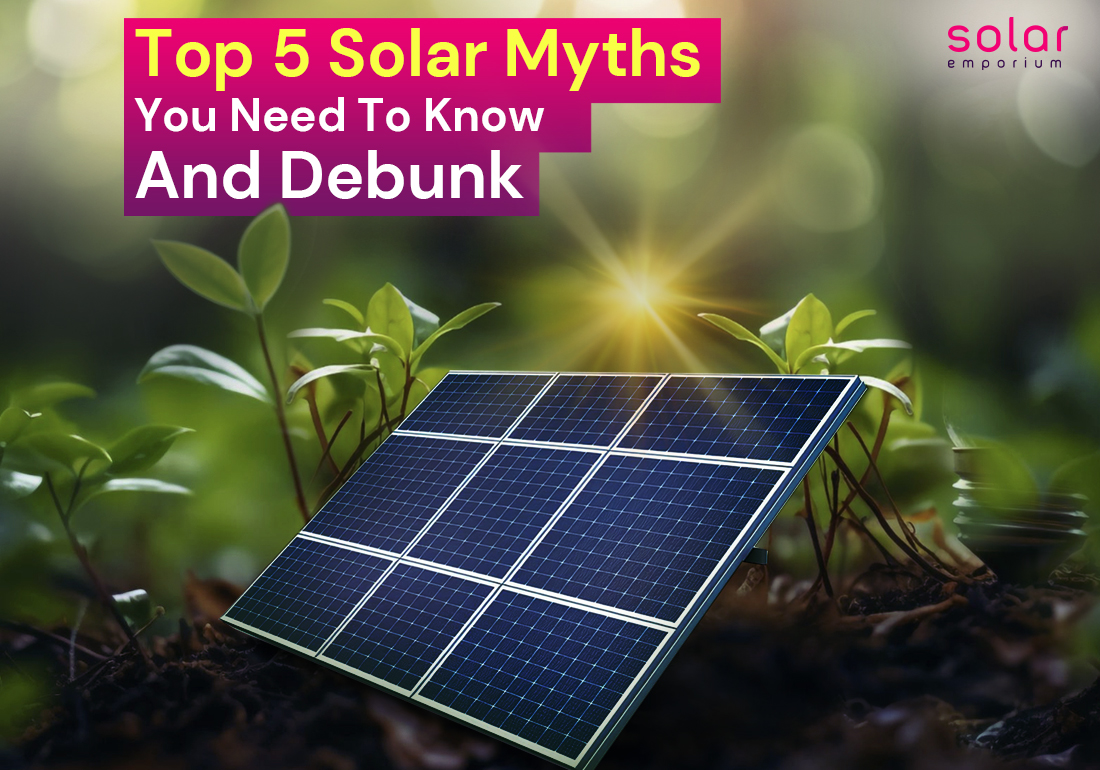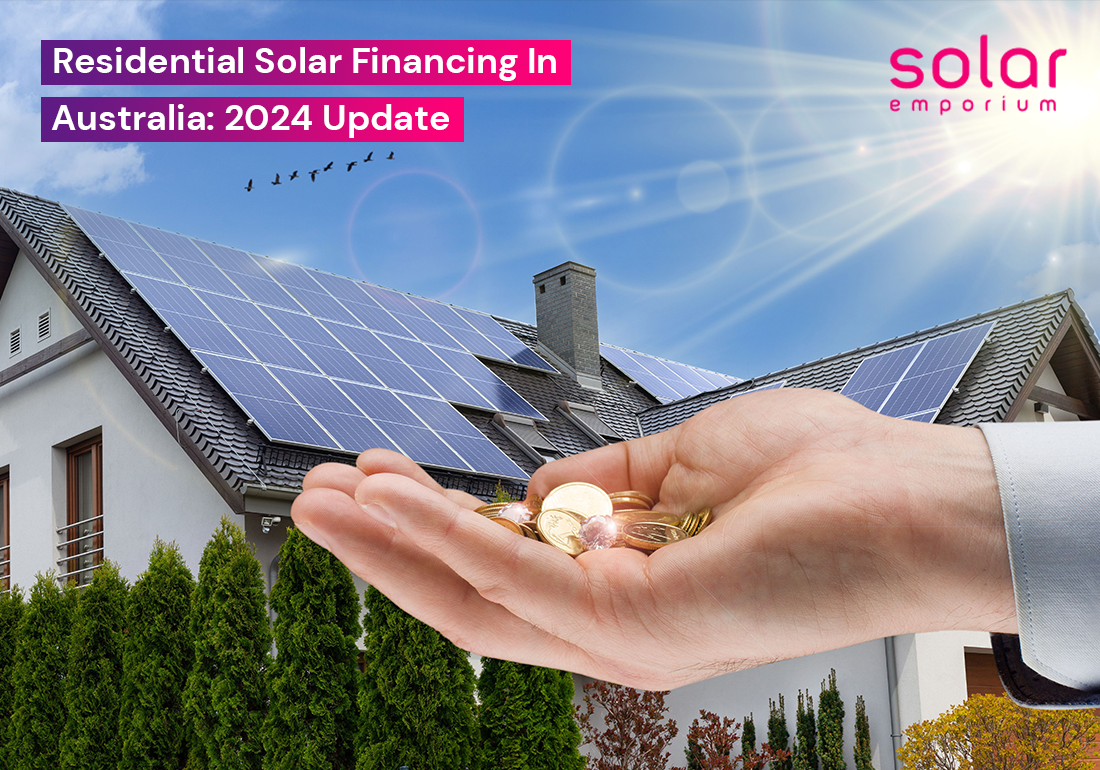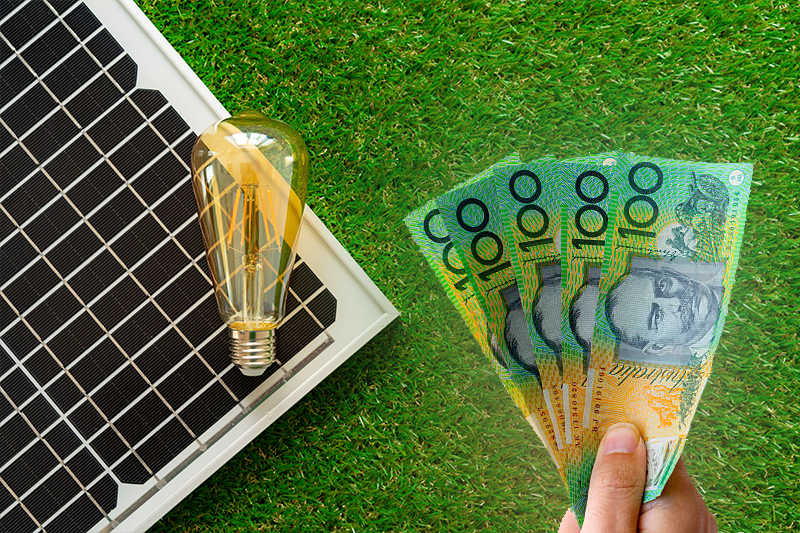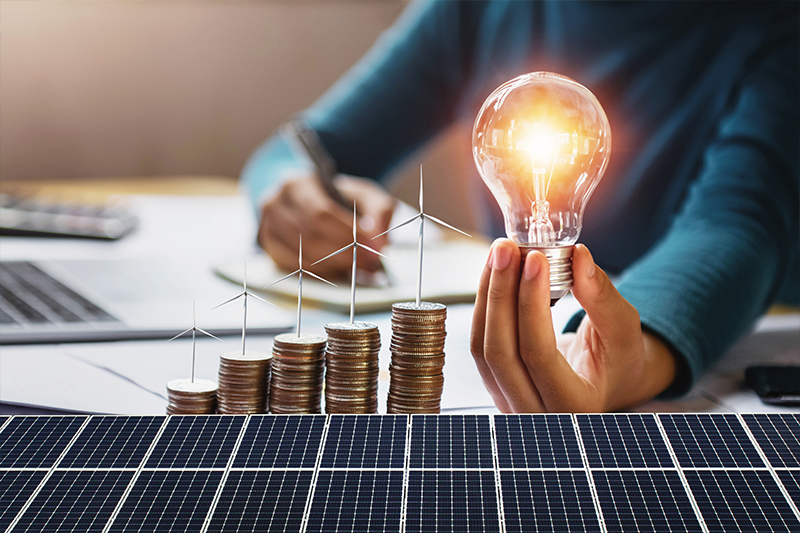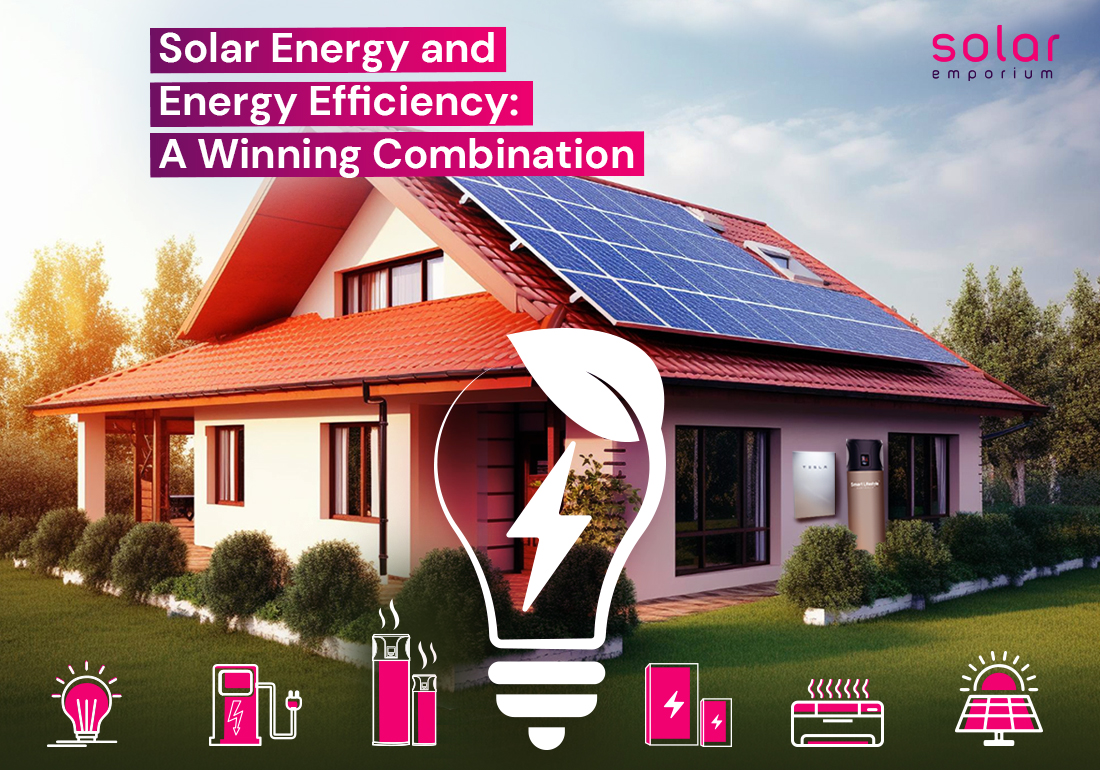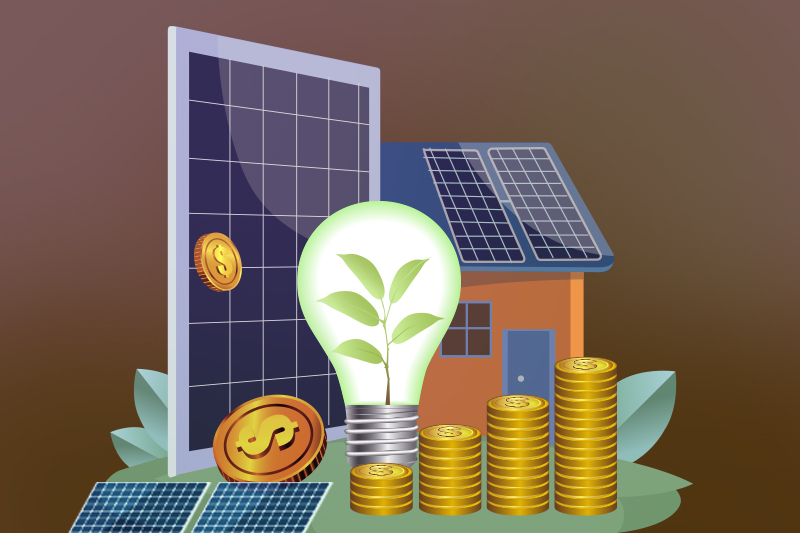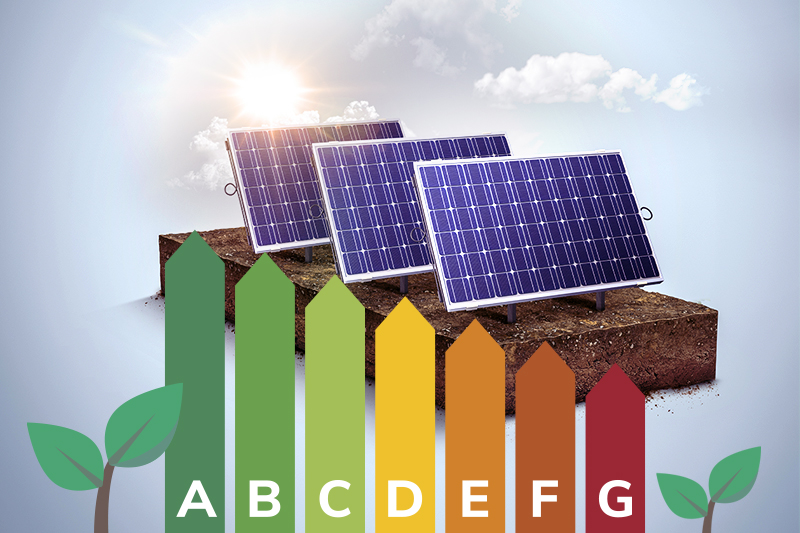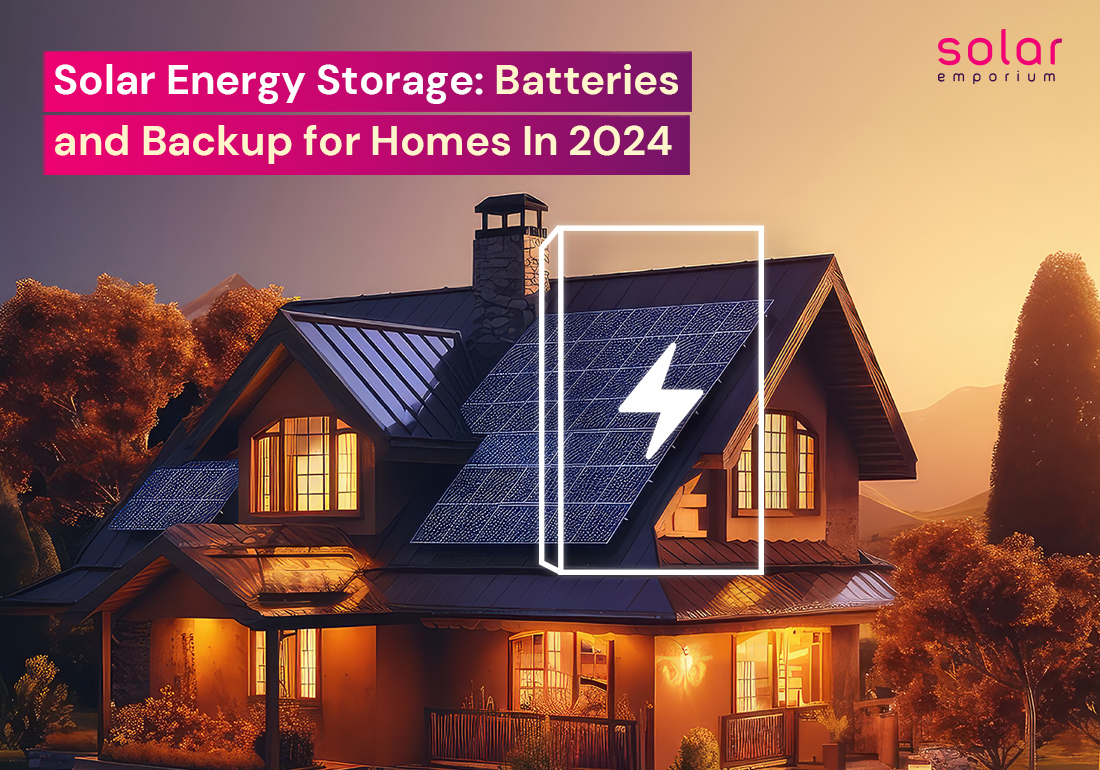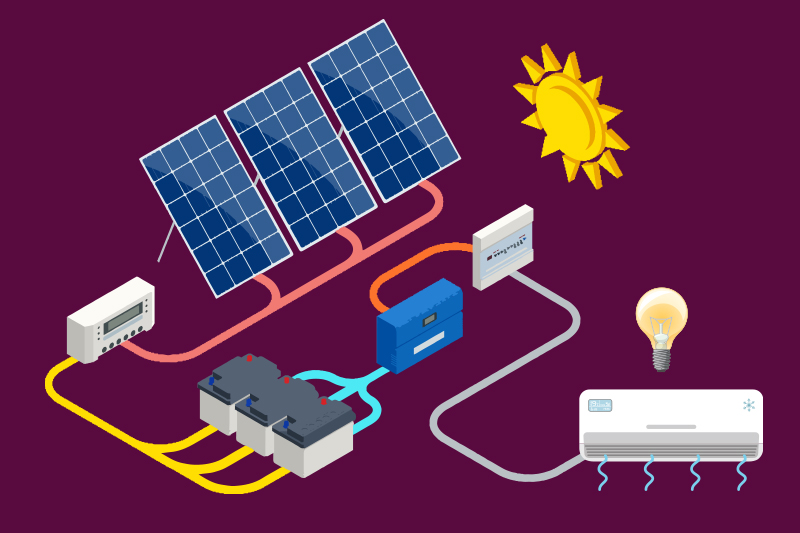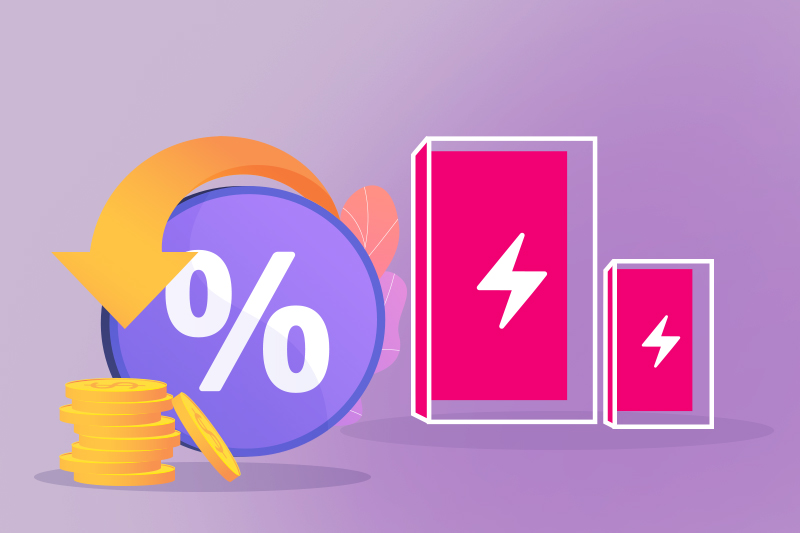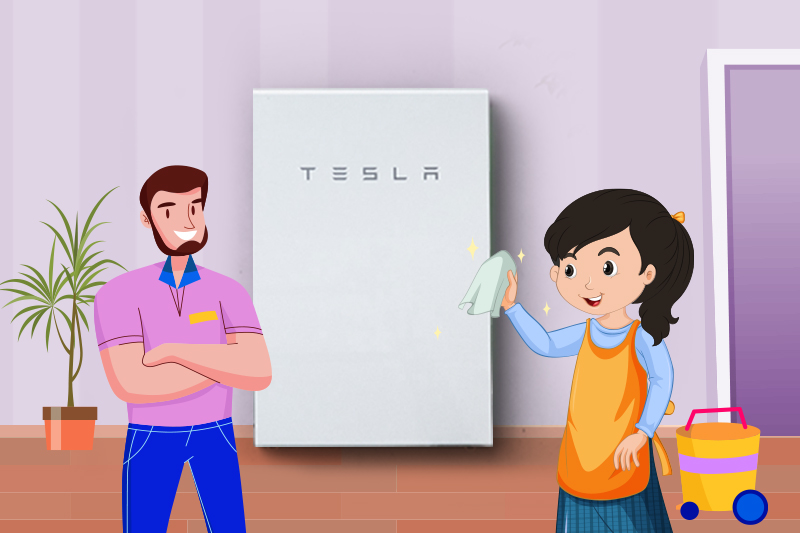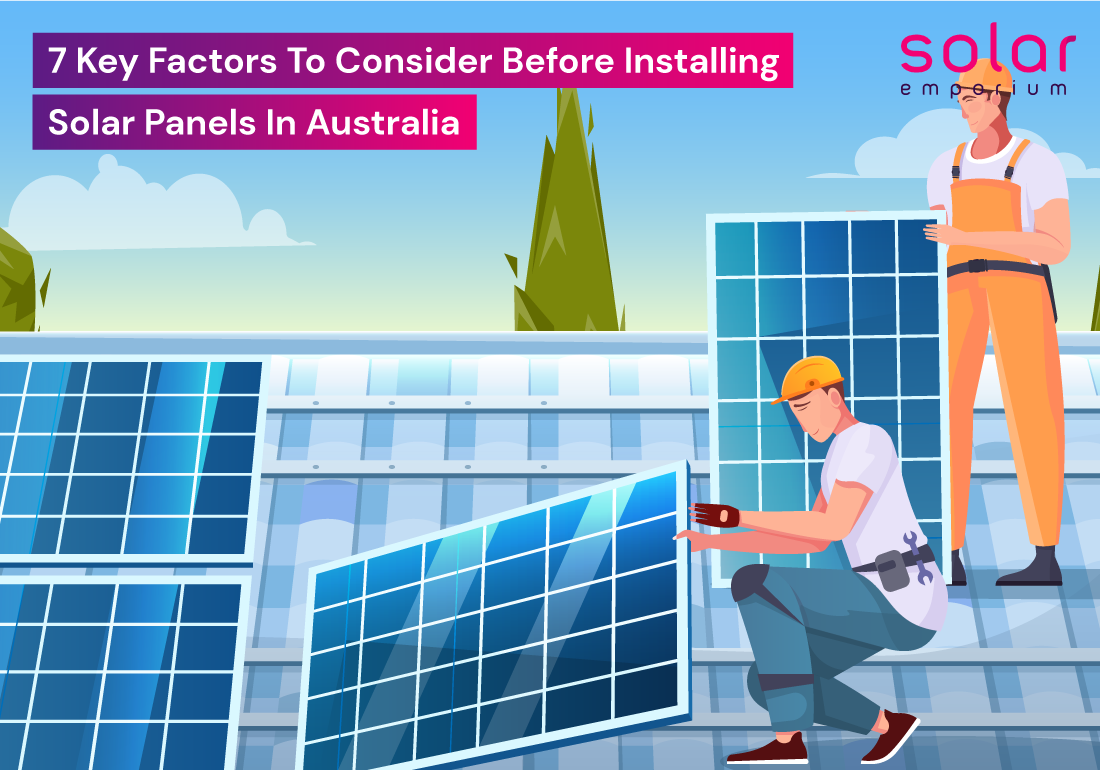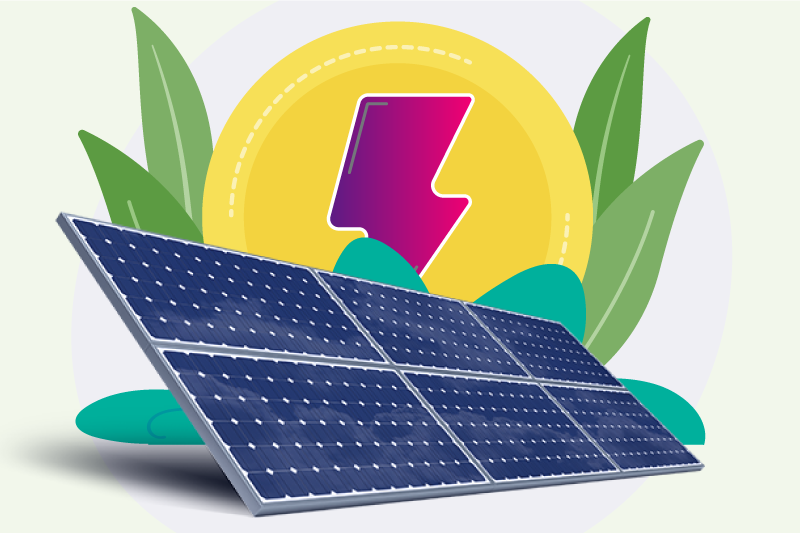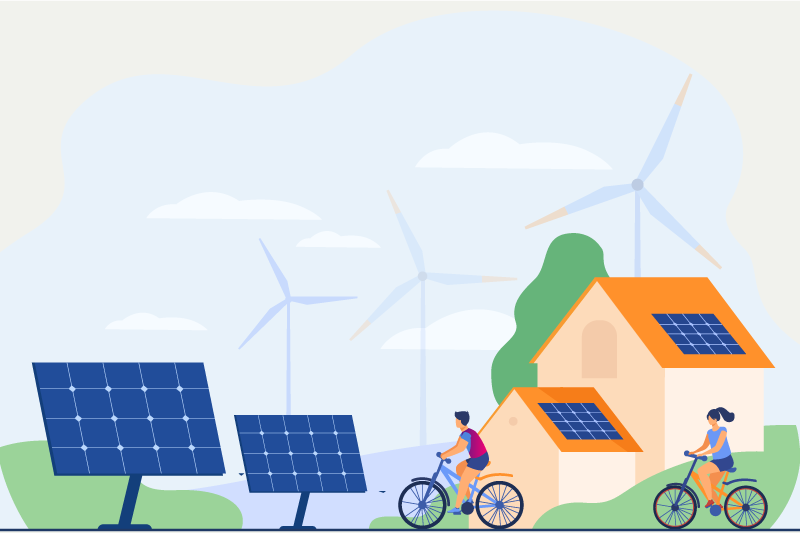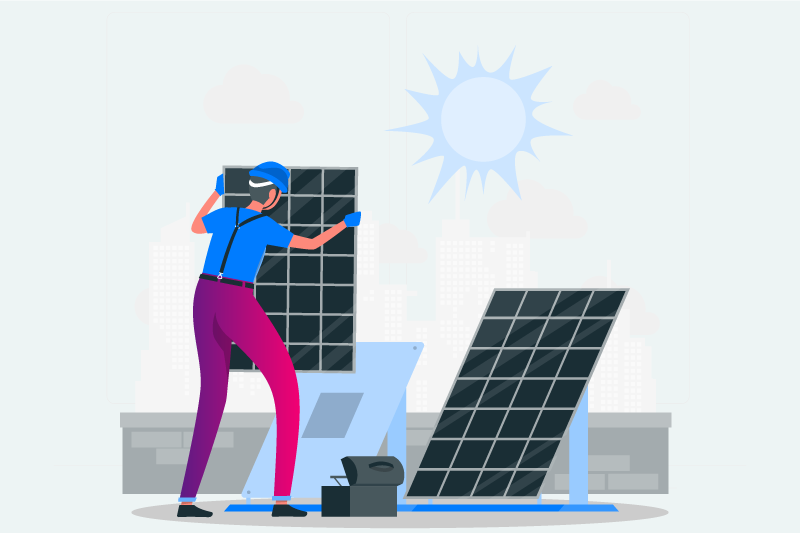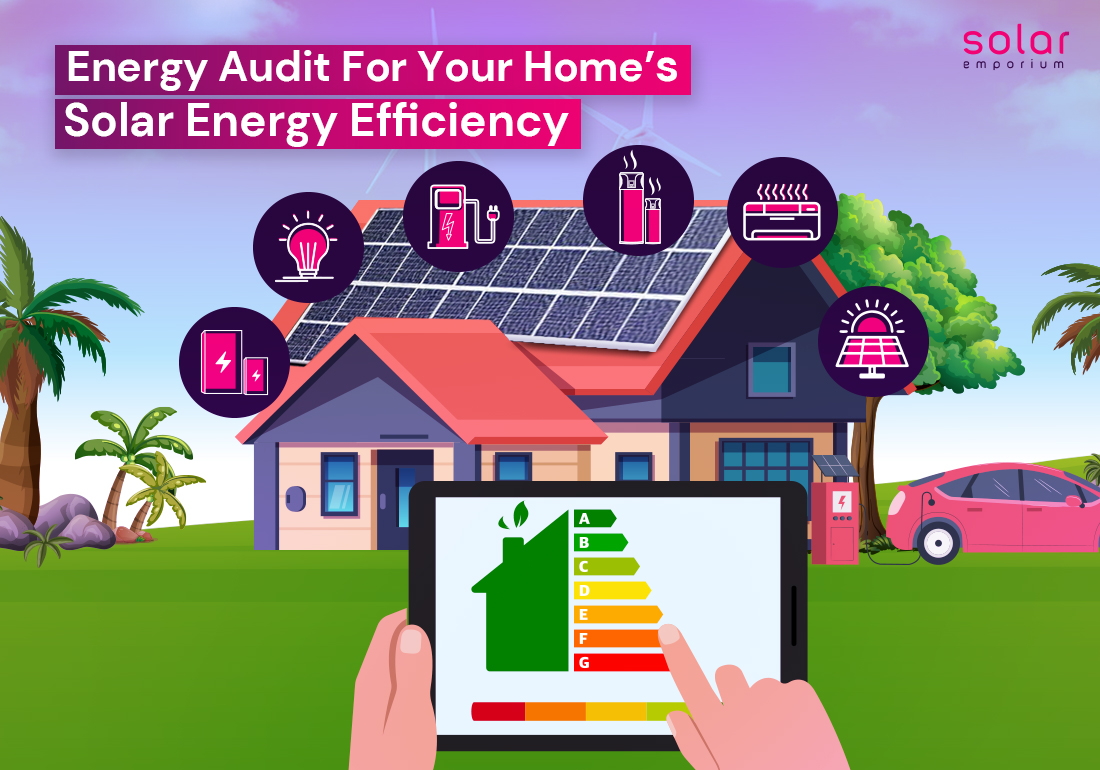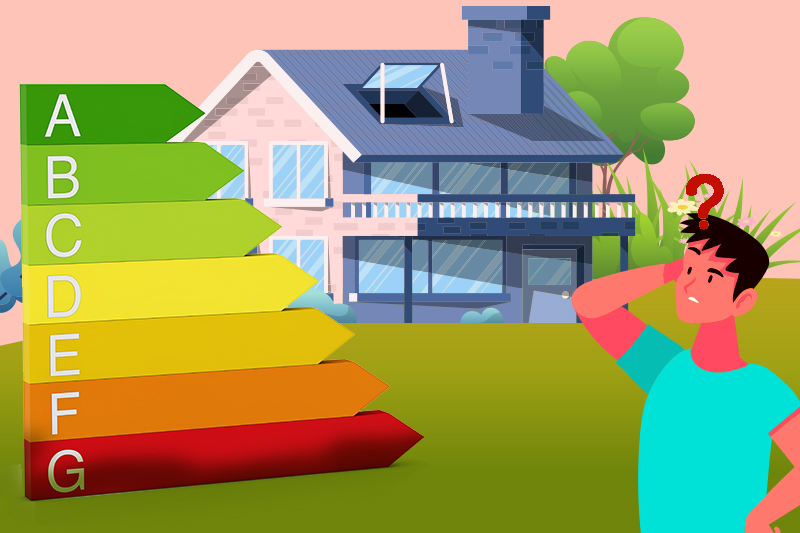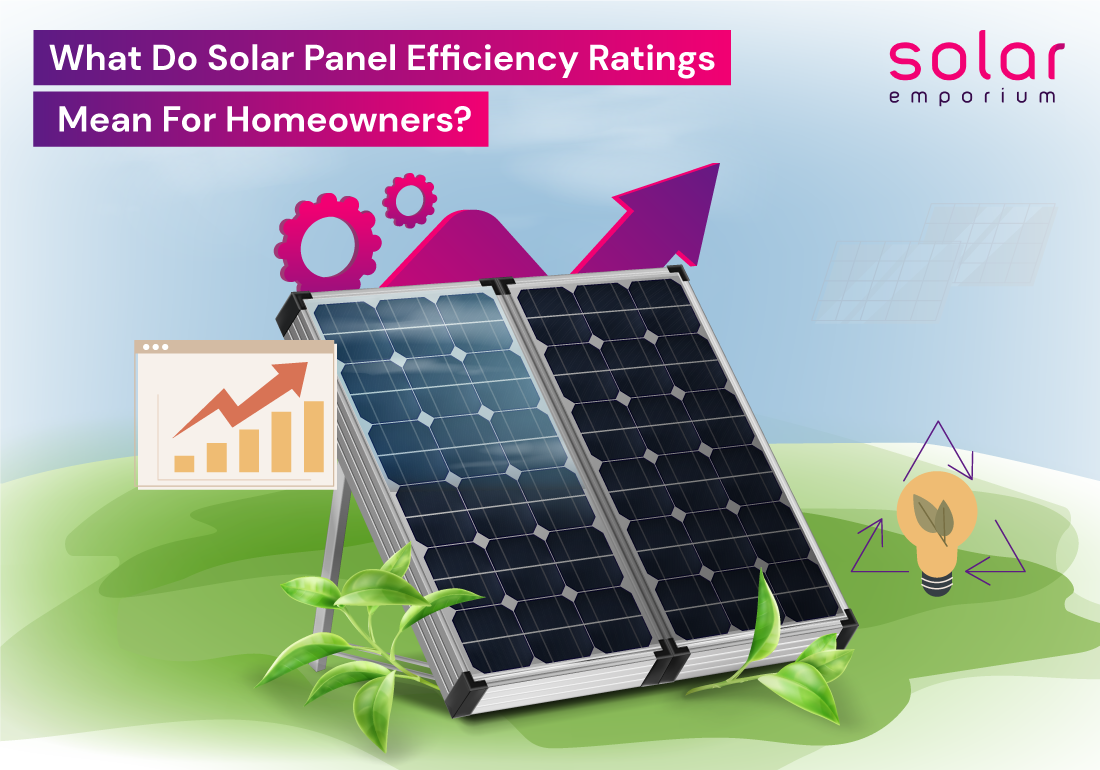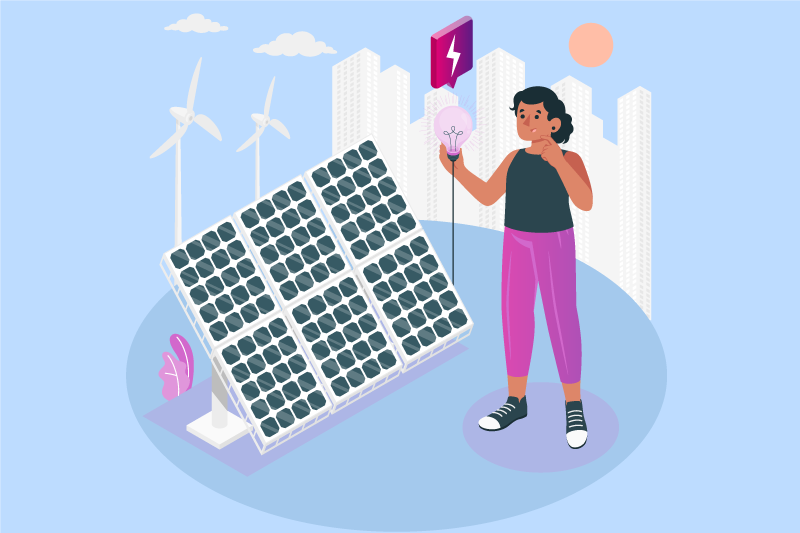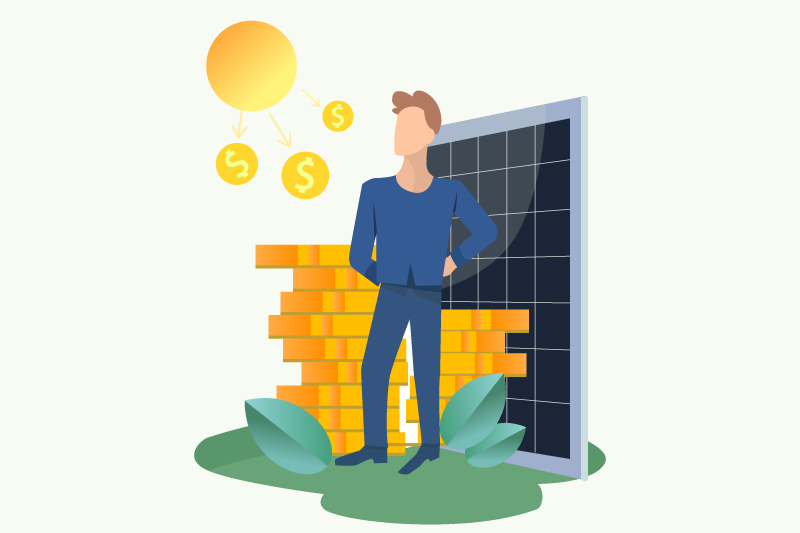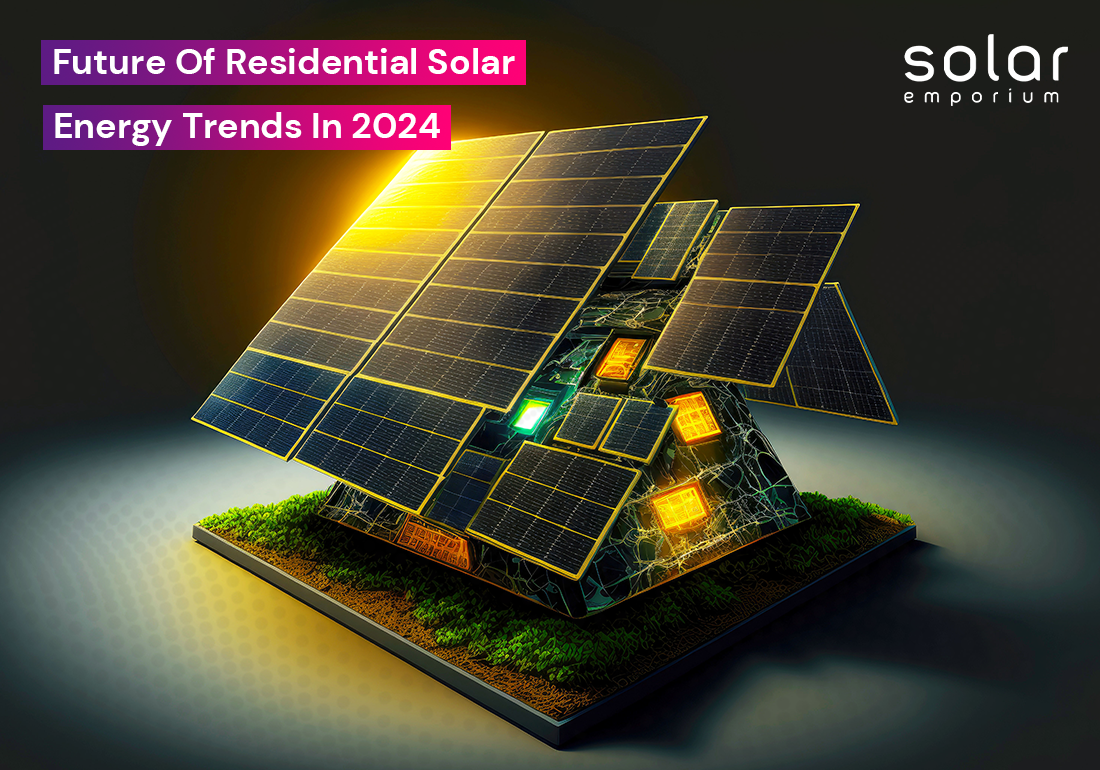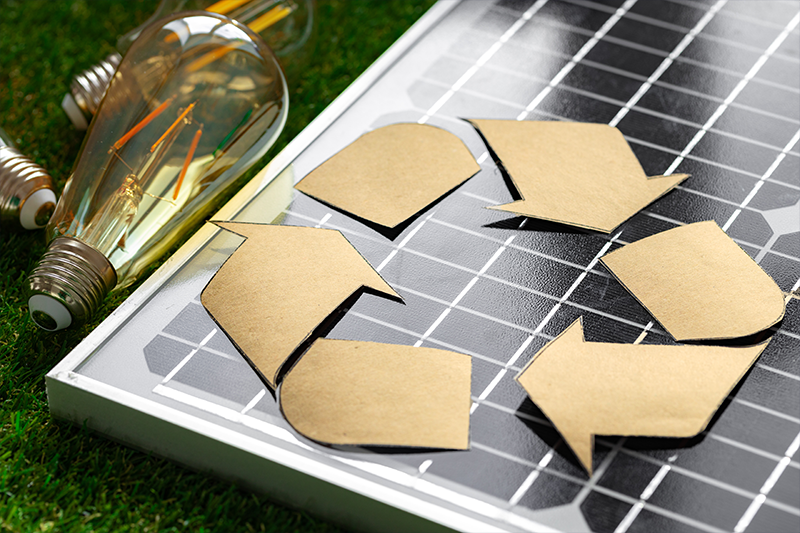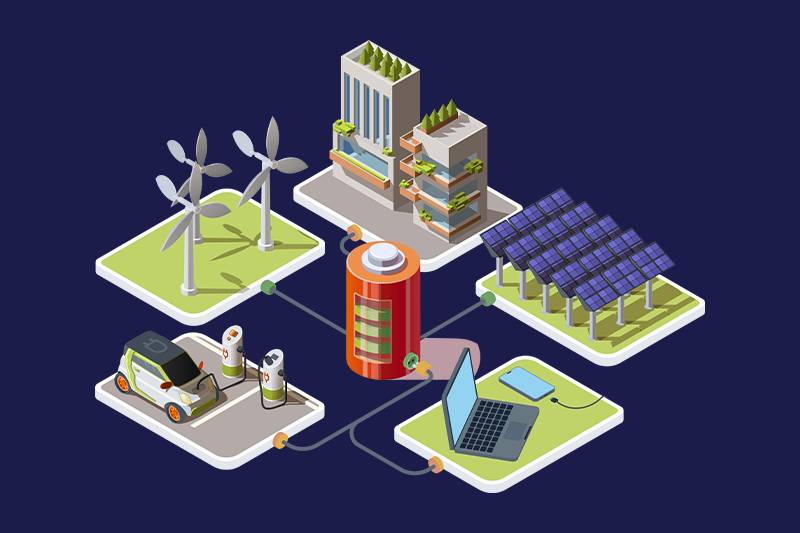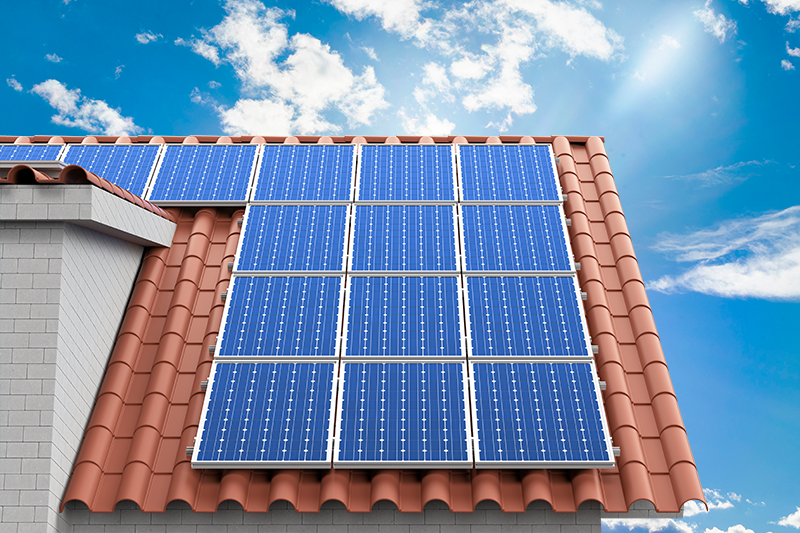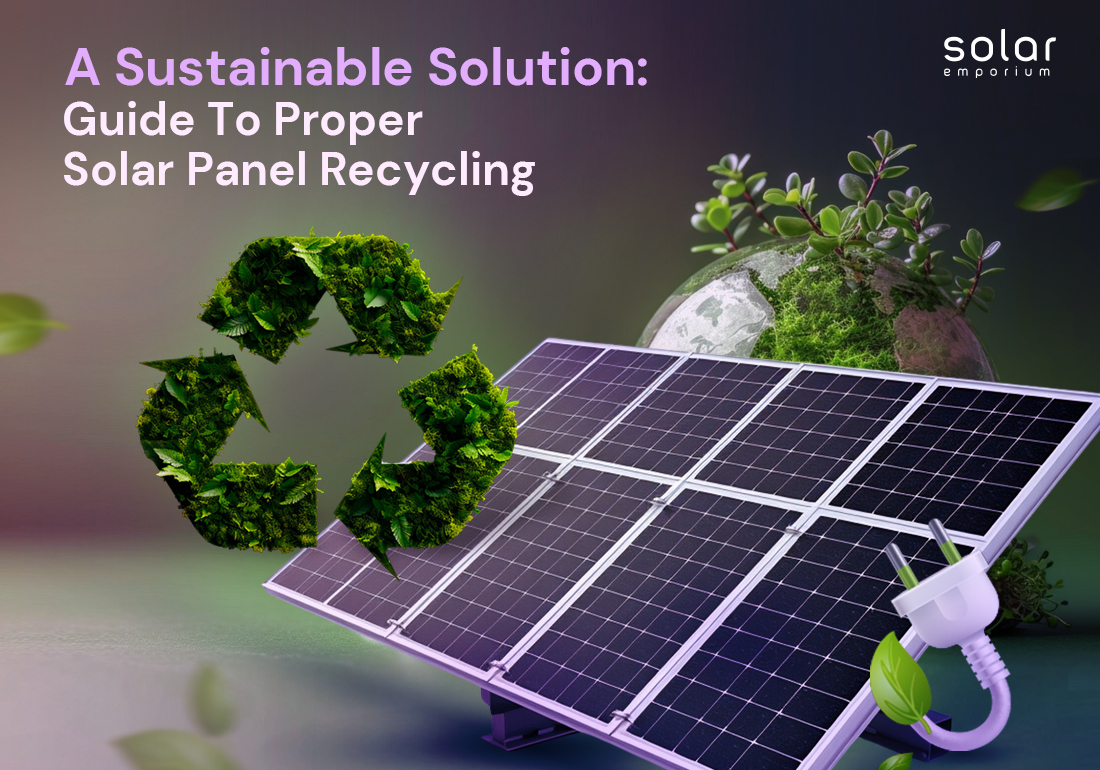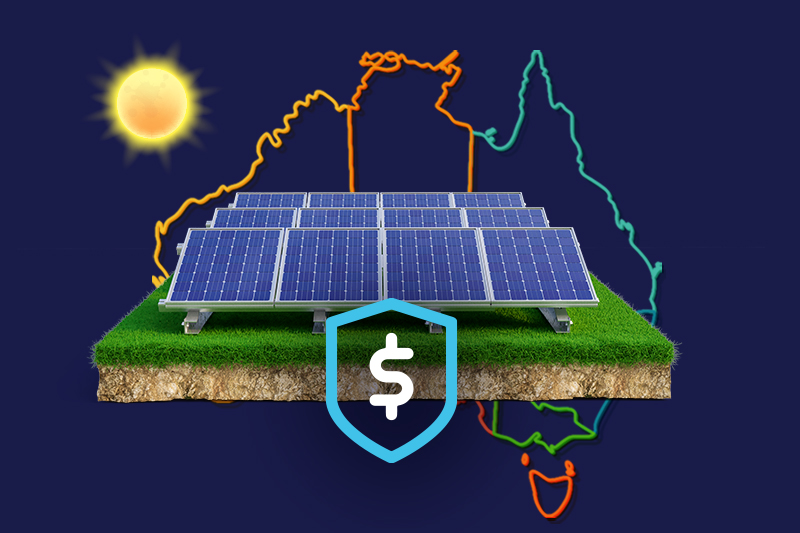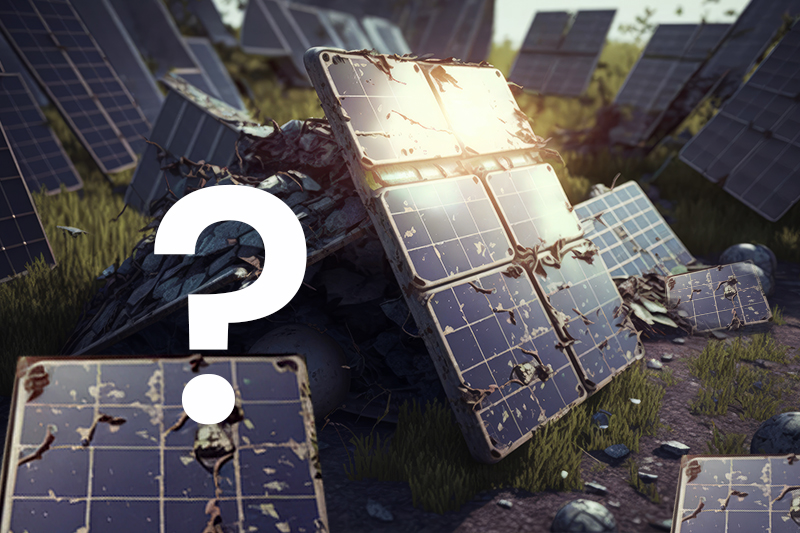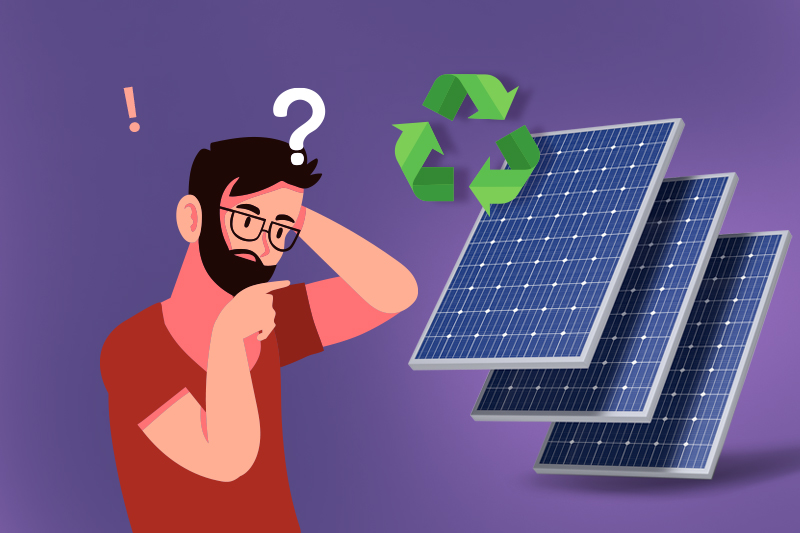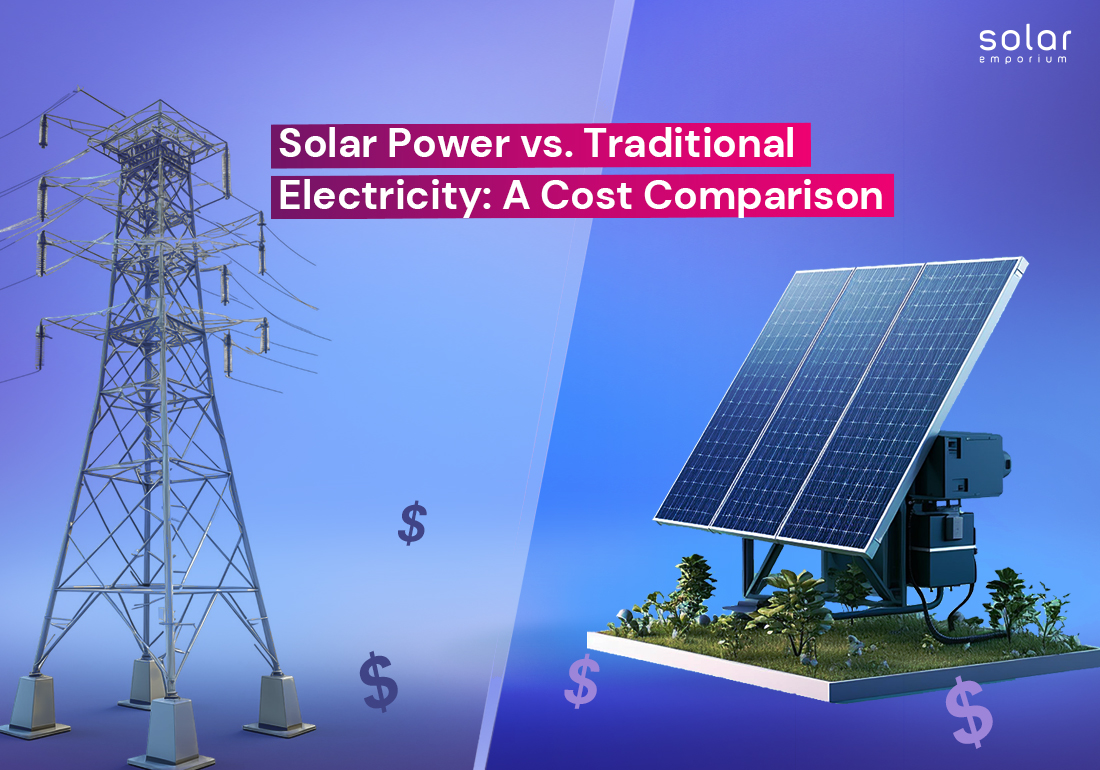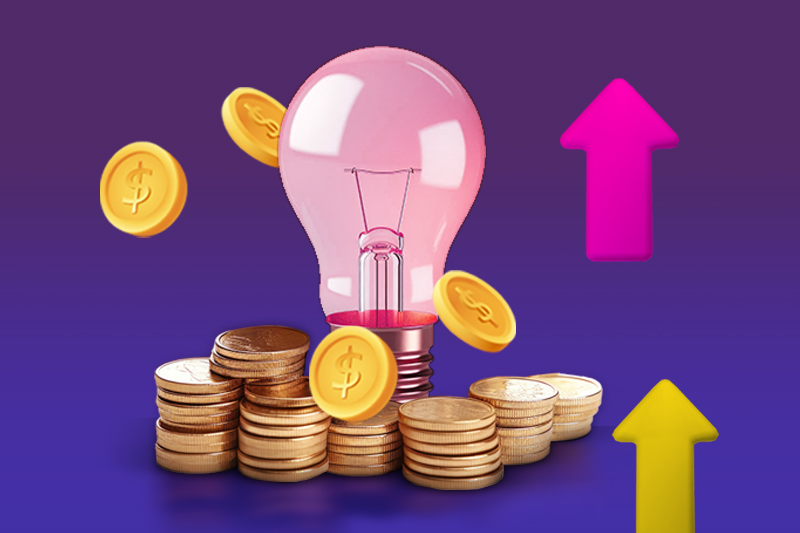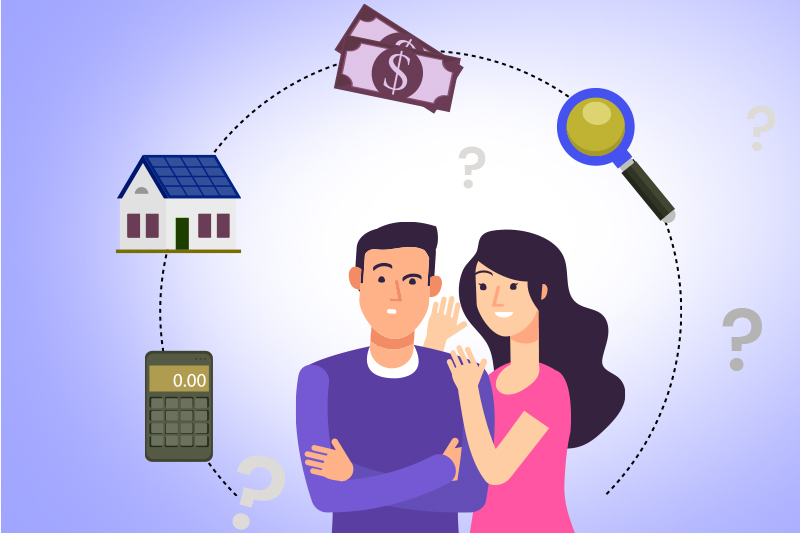Solar panels are getting increasingly popular in Australia and everywhere else because they’re a good, clean way to get energy.
The tech has improved a lot over the years, and now people use it in their homes and businesses to save money on energy bills and help the environment.
But, some people still need to get the right ideas about solar panels in Australia. Hence, we present the top 5 solar myths you need to know and debunk.
This article wants to clarify some of those wrong ideas and provide genuine facts about solar panels in Australia.
Why is Solar Energy Successful in Australia?
Firstly, installing solar panels will allow many people in Australia to stop depending on the electricity grid. This switch also helps them save money on their bills.
Secondly, the Australian Government wants to support renewable energy. They have programs like the Renewable Energy Target and Small Scale Technology Certificates.
Especially in solar energy, they give good incentives and rebates to Australian homes and businesses that want to use solar power, like the solar feed-in tariffs.
Thirdly, Australia gets a lot of sunlight. We’re one of the sunniest countries in the world, so there’s plenty of solar energy here to use.
Even though these reasons have convinced over 2 million Australian homes and businesses to install solar panels, there are still some misunderstandings and a need for more awareness about the benefits of solar energy.
This article aims to clarify these myths and help people understand solar power better if they consider using it.
Here are the top five myths about solar energy in Australia.
Solar Panels are Costly
It used to be expensive, but not anymore. In the last five years, the cost of solar panels and other solar technology in Australia has decreased by about 30-40%.
Now, more people from different financial backgrounds can afford solar panels, batteries, and other solar equipment without taking out high-interest loans.
Besides the lower costs, the government is also helping people afford solar power. Some incentives and rebates make buying and installing solar systems more accessible for Australians.
For example, the Small-scale Renewable Energy Scheme (SRES) provides financial help to individuals and small businesses buying solar energy systems.
Installing solar panels also saves Australians money in the long run. It reduces electricity bills and increases the value of properties with solar panels.
All these reasons show that solar energy is not expensive anymore. Instead, it’s a wise investment that saves money and is financially safe.
Solar panels are getting cheaper, so they’re a good way for families to save money in the long run.
Nowadays, the solar panels people put on their roofs are way cheaper than the first ones made in the 1950s. Four years ago, buying a solar system could cost as much as a small car, but now it’s more like buying a big TV.
So, how does solar power compare to traditional energy like coal and gas?
Large-scale renewable energy sources, like solar and wind, are now the cheapest ones to build. That’s why we see many clean energy farms built everywhere– they make good financial sense.
Solar Panels are Often Installed Carelessly

Solar panels and inverter installations must follow the rules set by the Australian government. Also, anyone who installs solar panels has to be an electrician first, and then they need extra training in solar systems.
The Clean Energy Council gives out a free guide on its website. It helps people ask the right questions when hiring someone to install solar panels to get good quality panels and a standard installation.
Solar Panels Require Substantial Maintenance
Solar power needs much maintenance, but solar panels require very little maintenance. Cleaning your panels every three months will keep their quality.
This helps make sure the panels don’t have dirt or other things on them that might stop them from soaking up sunlight.
Usually, all you have to do to clean solar panels is wash them with water and let them dry in the sun for about thirty minutes before using them again. It is enough to stop dirt from building up on them.
Solar panels are made to stay on roofs for a long time and can handle harsh weather. They’re tough and last a long time, but keeping them clean is still important, just like you clean your car’s windshield or your glasses so that they can work well.
Solar is Not Reliable
Solar panels might not work well because they need sunlight to make electricity and don’t work as well on cloudy days. However, new solar industry technology, especially newer solar panel systems, has made them better at making power even when it’s not very sunny.
The reliability of a solar panel system also depends on what kind of solar panels it uses. There are three main types: monocrystalline, polycrystalline, and thin film.
Solar is Not Reliable
Solar panels might not work well because they need sunlight to make electricity and don’t work as well on cloudy days. However, new solar industry technology, especially newer solar panel systems, has made them better at making power even when it’s not very sunny.
The reliability of a solar panel system also depends on what kind of solar panels it uses. There are three main types: monocrystalline, polycrystalline, and thin film.
What Type of Solar Panels do Installers use?
Monocrystalline panels are made from a single crystal piece and work the best. Polycrystalline panels are made from different crystals. Thin film panels are made from silicon, so they’re flexible but don’t perform as well overall.
It’s important to remember that Australia gets a lot of sunlight, which helps all these panels work well. But, if you want your solar system to work well all the time, you must take care of it properly.
Some energy companies in Australia only install solar panels and leave you to deal with problems if they come up. Other solar installers are certified by the Clean Energy Council and may offer better support.
Solar Panels Only Work With Sunlight

Technology has made solar panels great at capturing sunlight, even when it’s not shining directly on them.
With their advanced technology, solar panels can now take in sunlight, even if it’s spread out by clouds or overcast weather, and make electricity without any trouble.
It’s important to know that they produce less electricity when it’s not direct sunlight, but it’s still enough to power your home.
Most solar panels in Australia are made of crystalline silicon, which helps them turn sunlight into electricity well. They’re also covered in a material that helps them absorb more sunlight.
With solar battery storage systems, we don’t need to worry about sunlight anymore. They store extra solar energy when the weather isn’t good enough to make power, so you can still have electricity when needed.
But it might still be a few years before these systems are cheap enough for everyone.
If your solar panel system is connected to the electricity grid, any extra electricity it makes can be stored and used at night when the sun isn’t shining.
So, there are many reasons to believe that solar panels can make enough clean energy, no matter what the weather’s like, especially if you have a quality battery system to store extra power.
Solar Energy for the Path to Clean Future

We’ve talked about some myths about rooftop solar technology. The main reason for writing this article is to give you enough information to think about using solar energy to power your home or business with clean electricity.
As Australia’s top renewable energy source, solar power is a reliable choice. It helps you save money on electricity bills and also helps the planet by reducing carbon emissions.
It can stop global warming and protect the environment. These things are essential for our planet’s future and generations’ lives.
If you want to learn more about the benefits of solar power and how it can help your home or business, contact us. Solar Emporium will guide you with every solar solution for you.
